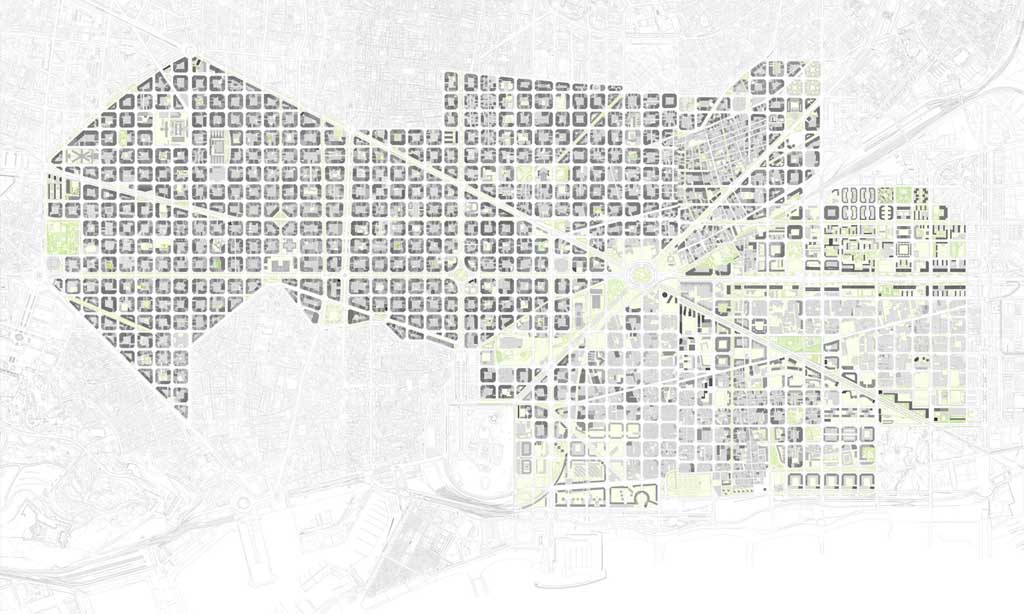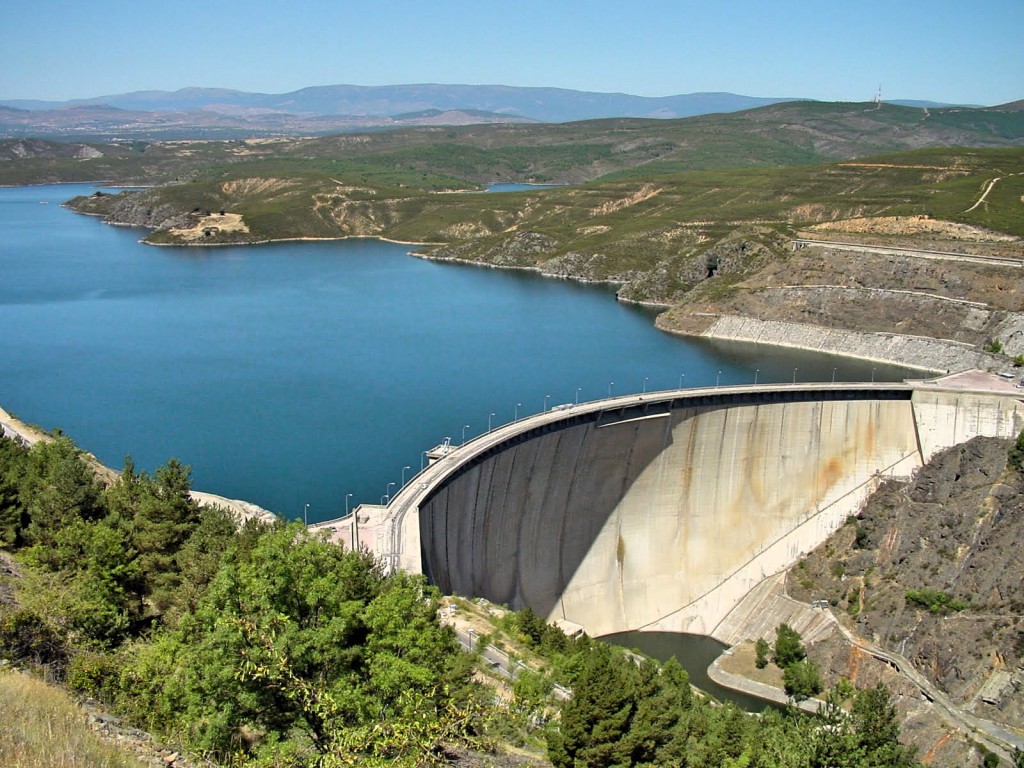| Summary |
In Spain, there are over 1200 dams, including 600 concrete dams and practically all of them have significant parts made up from concrete structural elements, which puts us in first place in Europe by number of dams and the fourth in the world after China, the U.S. and India. The current average age of our dams is approximately 50 years. Dam safety has been and actually is a priority line of any administration or company, because of the serious consequences of the failure of a dam. This concern is not only nationally but also internationally. In this sense, it is necessary to provide knowledge about the deleterious processes taking place in the dams, its evolution, its possible effect on the integrity and security of the infrastructure, and the most appropriate methods and materials to carry out interventions. Likewise, in the current economic and social context of rationalization and efficiency in public spending, it poses a major challenge for the managers of these infrastructures. In this sense, it should be able to prioritize interventions and / or repairs under measurable criteria. The GESHID project addresses an integrated and transversal management, maintenance and safety assessment of the built heritage regarding hydraulic infrastructure in Spain. The integrated approach is based on the performance of three pillars: “Improved prevention and assessment of expansive phenomena in hydraulic infrastructure, considering various types of possible reactions (alkali silica reaction, sulfate attack, remaining free lime, carbonate precipitation) “Development of materials and methods to rehabilitate waterworks large surface infrastructures by reducing execution times, costs and maximizing the sustainability and durability of the performance “Proposal of a management methodology and comprehensive assessment of hydraulic infrastructures, that combines concrete diagnosis, damage assessment and prioritization of investments needed to repair the infrastructure The expected results of the project will permit safe and more rational use of resources, by facilitating the preventive study of potentially expansive aggregates and its safe use. Furthermore, it will provide advanced tools to allow the diagnosis and evaluation of expansive processes in hydraulic infrastructures. Also, new materials and methods will be developed for repairing hydraulic infrastructures in a more sustainable and durable way. Finally, a new tool for the comprehensive assessment and management of such infrastructures will be developed, which will combine damage diagnosis with the prioritization of the reparation investments. This project is directly nestled with the Society Challenges posed within the State Plan for Scientific and Technical Research and Innovation 2013-2016, specifically within the challenge 6.4.5. Challenge action on climate change and efficiency in the use of resources and raw materials, in relation to II. Efficient use of resources and raw materials, and specifically considering (iii) security of water infrastructures, and (vii) R&D&I related to industrial processes and less polluting products, reducing the volume of emissions to air, water and soil and efficiency from the point of view of consumption of raw materials and energy products. |



